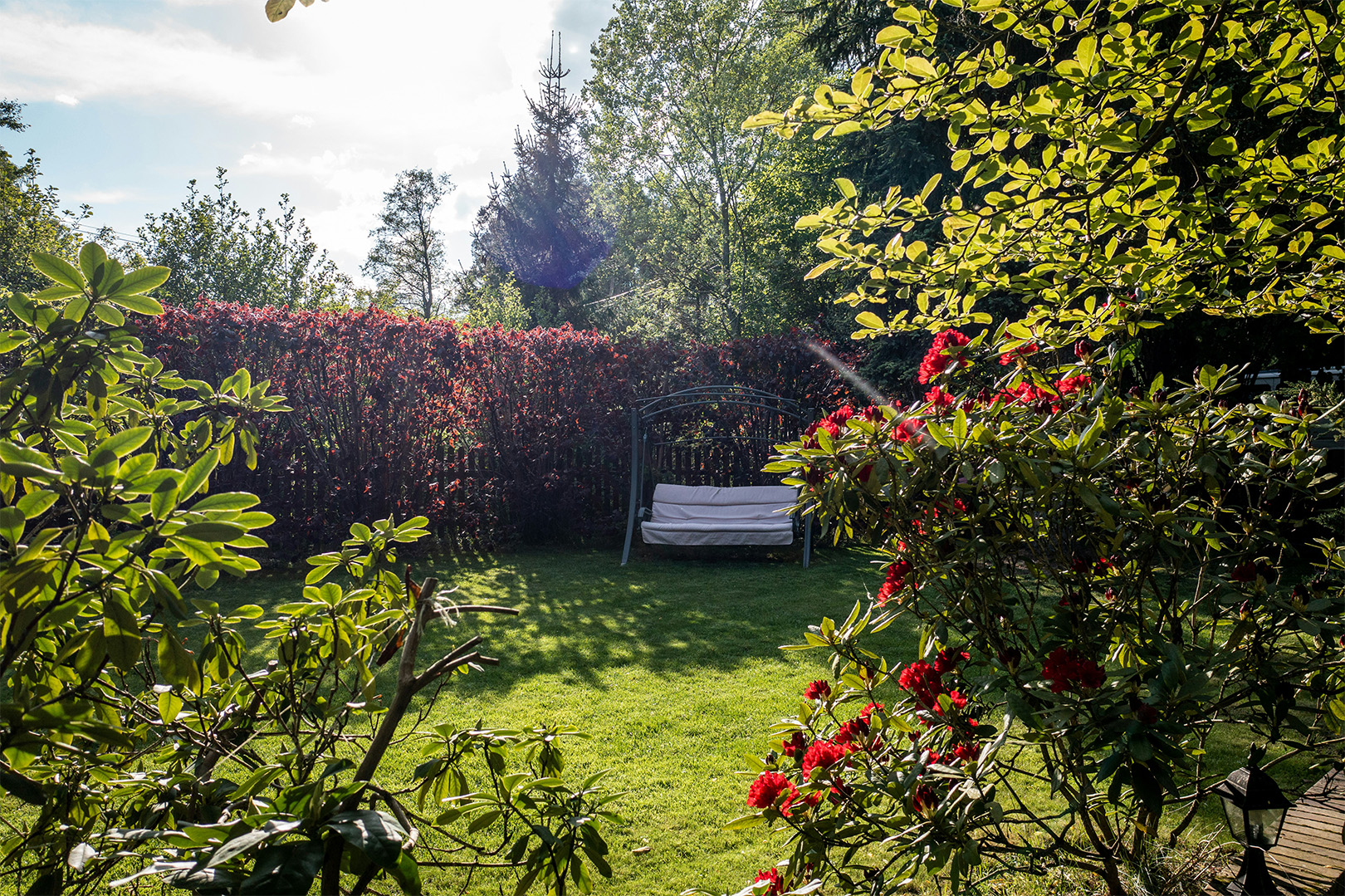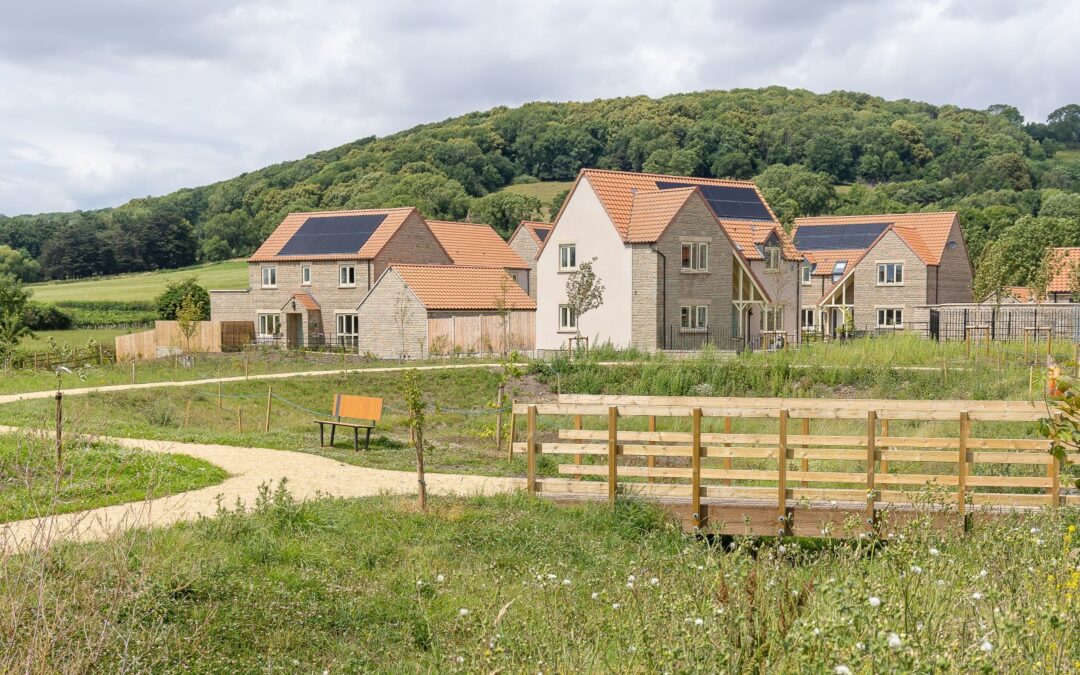Are you tired of your nosey curtain-twitchers peering into your garden? No one likes the feeling of being watched, especially in the comfort of your own home. Having an overlooked garden can feel intrusive and unwanted eyes from neighbours and passersby can take away from the enjoyment of spending time out in nature, soaking up some Vitamin D, or entertaining friends in your garden.
We’ll explore stylish garden privacy ideas, tailored to all garden sizes, budgets, and settings, from clever screening options for small spaces to landscaping inspiration for larger gardens. Discover how to transform your outdoor space into a secluded retreat so that you can make the most of it all year round.
15 Ways to add privacy to an overlooked garden
- Raise the height of your garden fence
- Upgrade to an acoustic fence
- Look into garden zoning
- Carefully position your garden furniture
- Plant screening trees
- Grow climbers and vines
- Plant hedges
- Layer evergreen plants
- Add bamboo to your borders
- Use a canopy, umbrella or shade sail
- Build a pergola or garden shelter
- Hang curtains
- Position your outbuildings strategically
- Install a water feature
- Go for the overgrown look
Raise the height of your garden fence
Consider raising the height of your garden fence as taller fences help obstruct direct views into your garden, especially from prying eyes coming from neighbours’ windows. If you’re worried about blocking out the sunlight, you can also opt for a trellis or slatted fence panels to ensure the rays can still get through. Note that there may be restrictions on fence height, so make sure that you check your local laws and obtain any necessary permits.
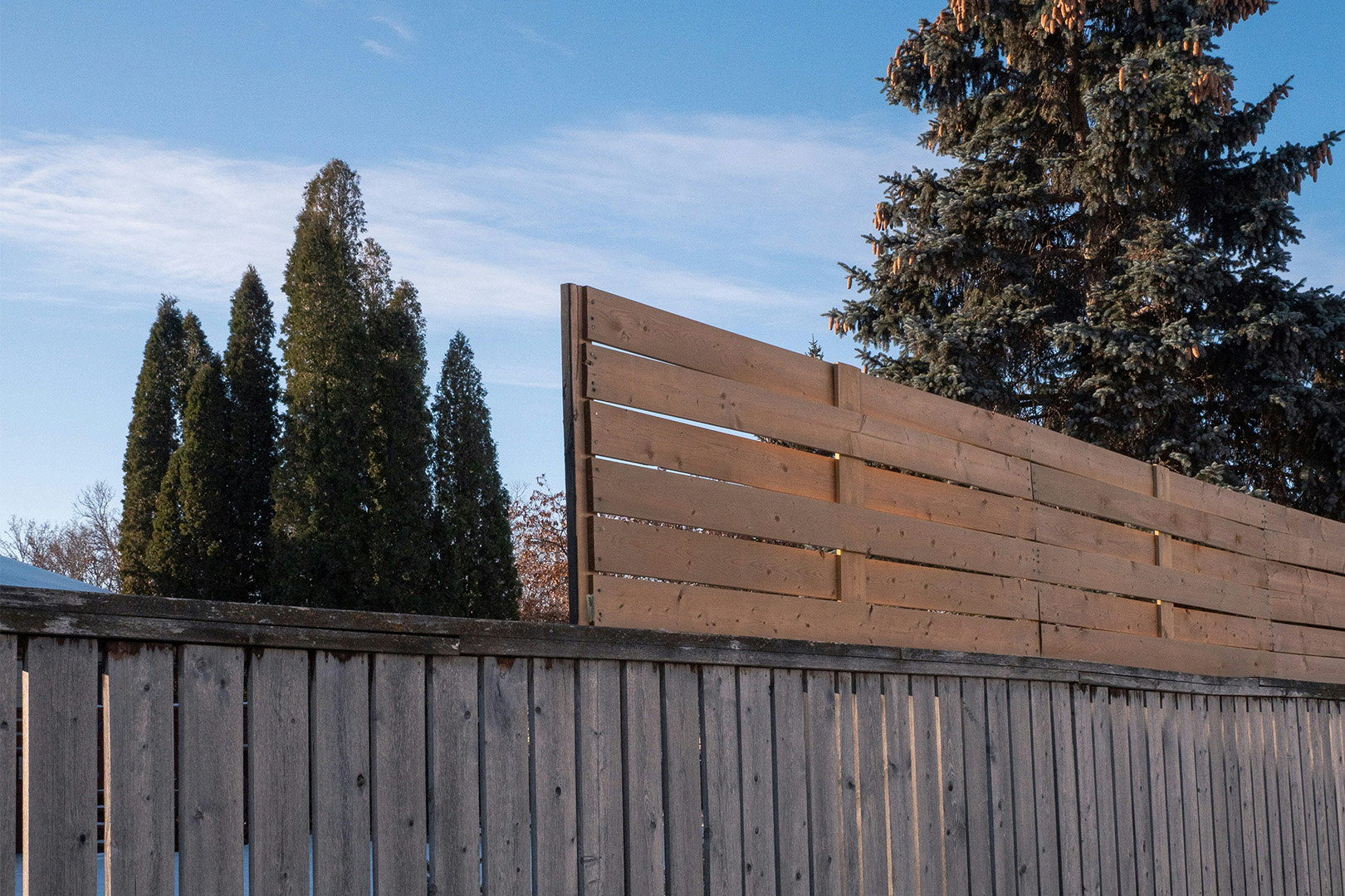
2. Upgrade to an acoustic fence
Fencing isn’t just good for adding visual privacy to your outdoor space. Investing in specially-designed acoustic fencing can help to reduce noise pollution. Constructed with sound-absorbing materials, such as dense timber or composite panels, they effectively block out sounds from neighbouring properties or nearby roads. In addition, they will block out noise from your garden, allowing you to engage in private conversations in peace and make noise later in the evenings or nighttime, without disrupting your neighbours.
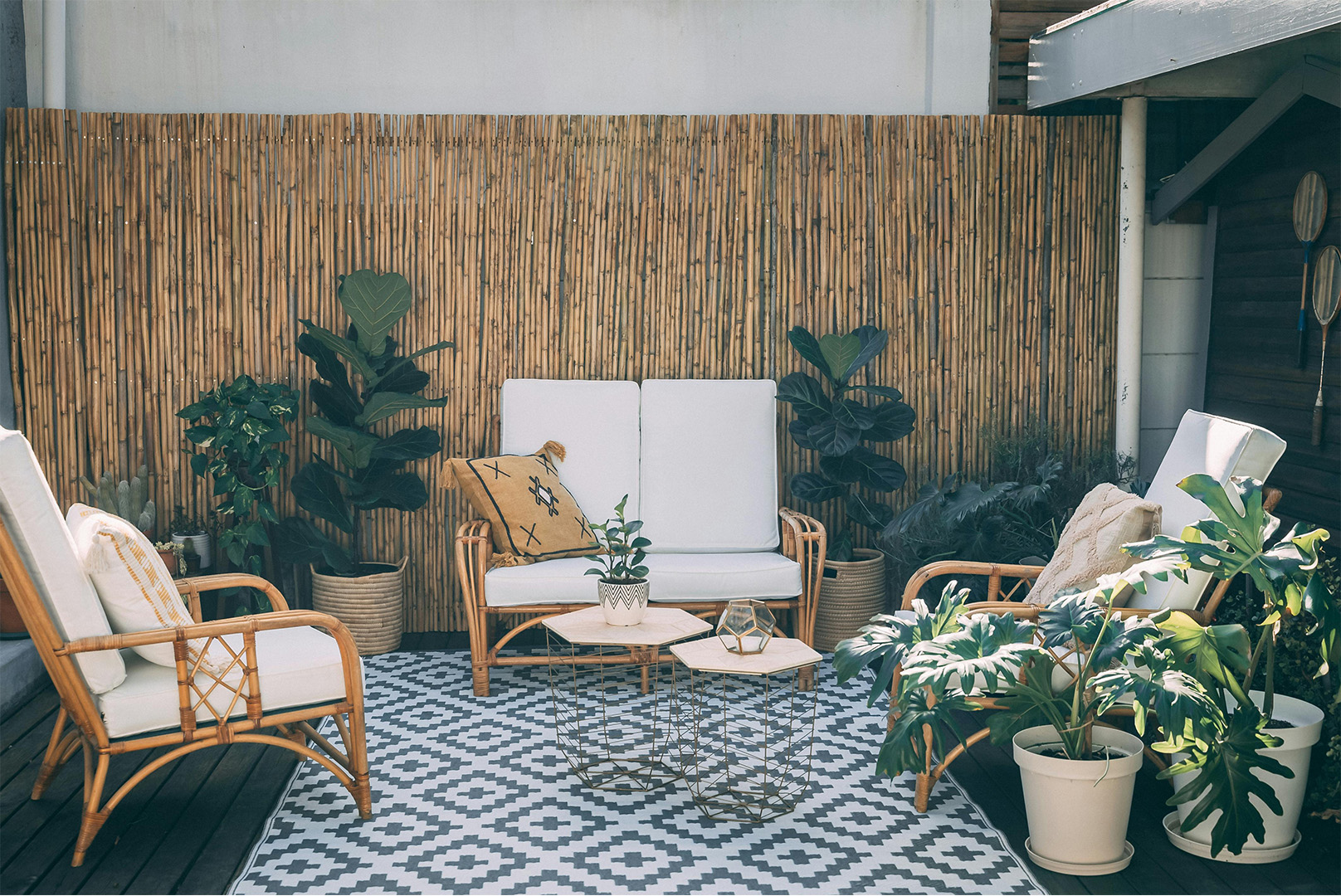
3. Look into garden zoning
Garden zoning involves splitting up your outdoor space into sections, creating little pockets of peace, each serving a different purpose. For example, your lawn may be for the kids’ playground, while your patio is for alfresco dining. By zoning your garden with physical dividers, you can maximise the functionality of the space but also create privacy within your own home. Zones can be created using fencing, a trellis, or large plants depending on the aesthetic you’re after and the level of privacy you desire.
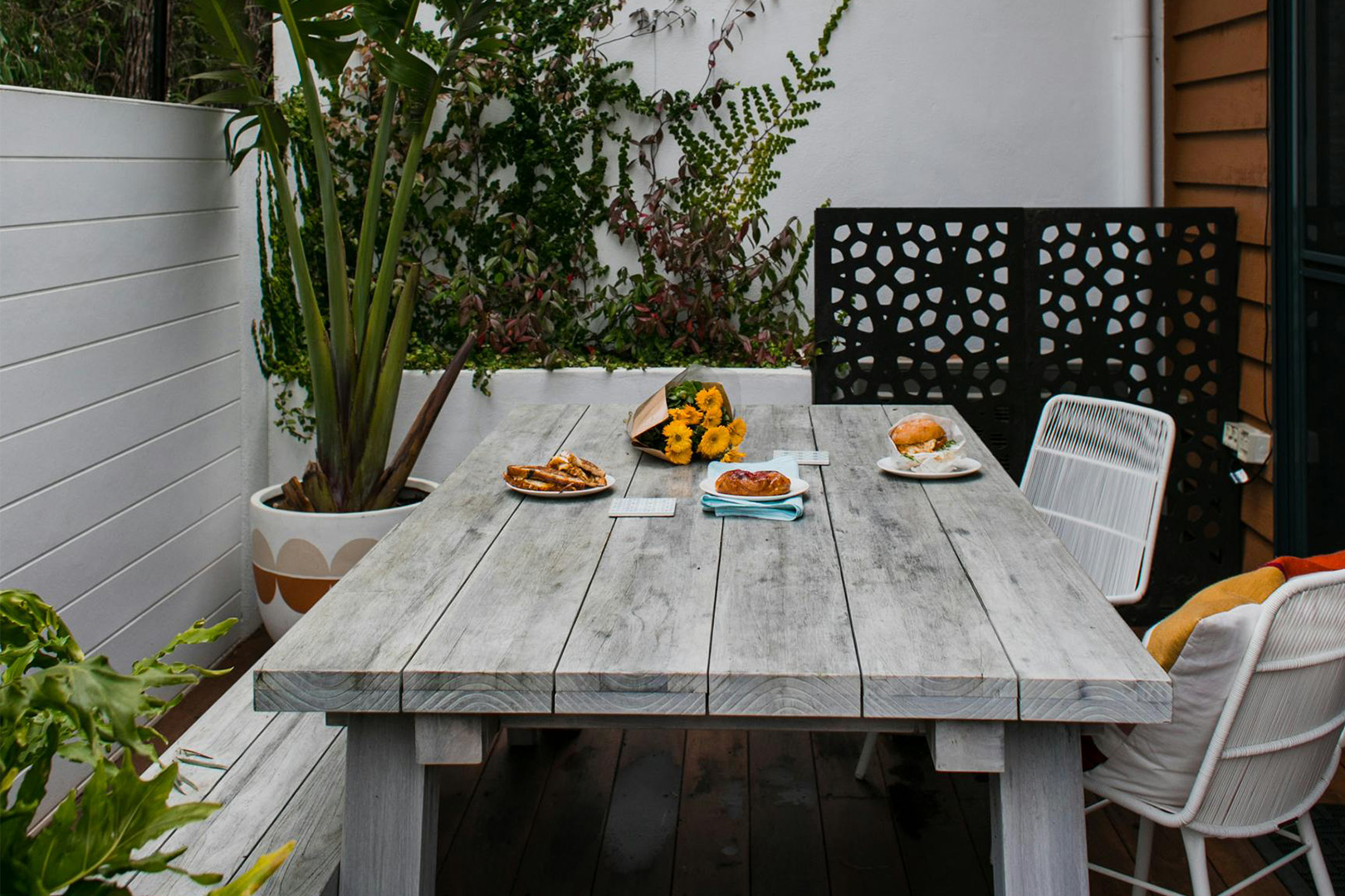
4. Carefully position your garden furniture
Garden furniture can make your space more comfortable, providing a cosy place for outdoor dining and relaxing in the sun. Strategically arrange your garden furniture to shield yourself from prying eyes. Place seating areas away from direct lines of sight, such as facing lawn chairs with their backs to neighbours’ windows or dining areas close to the wall of your property, fences, or any outbuildings. Why not even give your garden furniture its very own structure for added privacy?
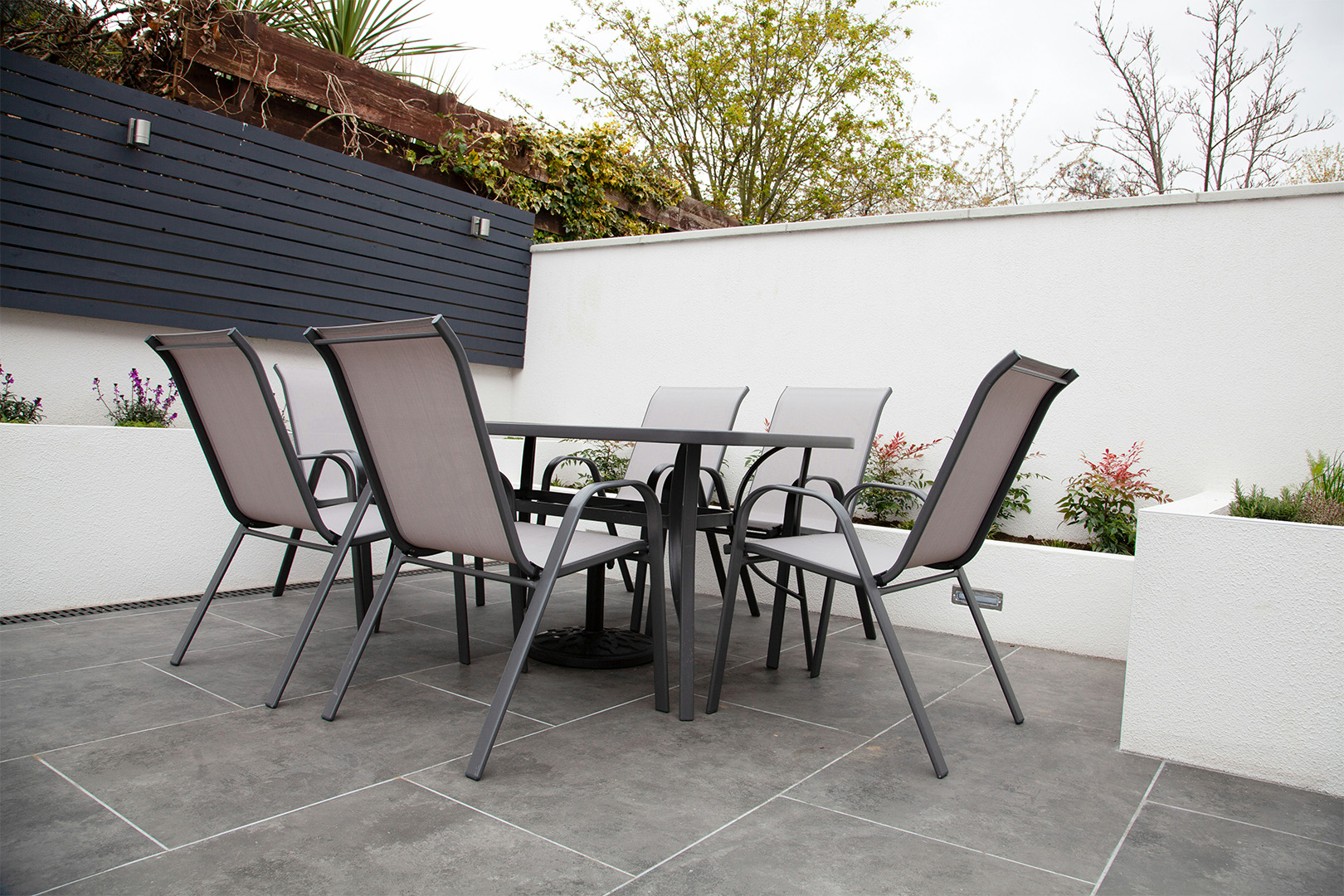
5. Plant screening trees
Create a natural barrier around your garden using tall, dense trees, such as Laurel, Photinia, Privet, or Holm Oak. Planting evergreen screening trees on your garden’s perimeter provides year-round privacy and can even be planted so close together that it essentially forms a dense hedge, blocking the view from neighbouring properties. Screening trees are particularly popular for smaller overlooked gardens or terraced houses, where spaces may be narrower and more visible.
The great thing about trees is that there are no restrictions on how tall they can grow, enabling you to block the view from taller buildings, such as apartment blocks or multi-story houses.
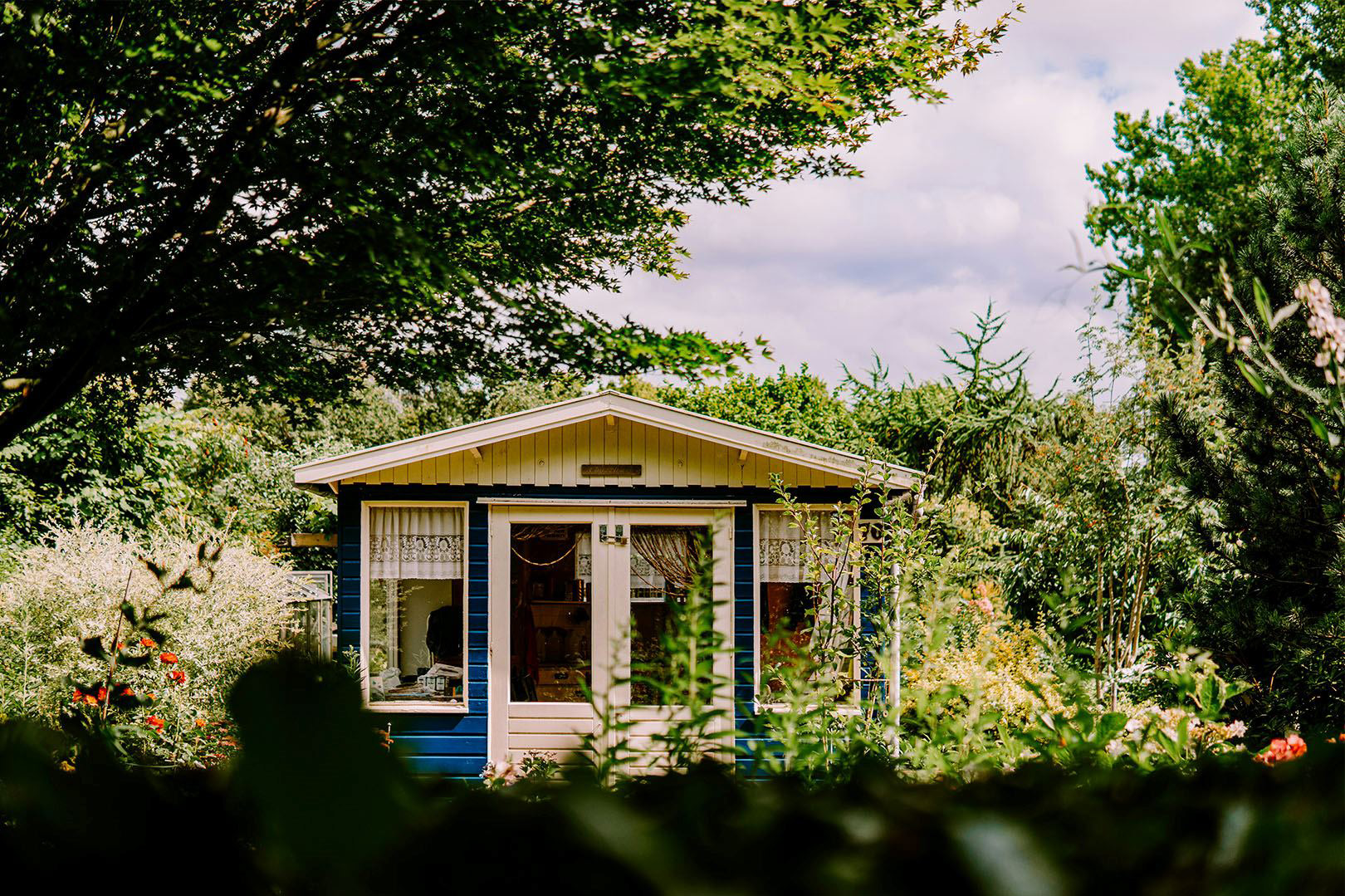
6. Grow climbers and vines
Additional screening ideas for overlooked gardens include trellises, walls, and fences. Why not train climbing plants like jasmine, clematis, or ivy vines to grow on these structures for even more coverage and a lush green backdrop? These fast-growing climbers don’t just offer a layer of privacy but are visually appealing and smell incredible, too!
For a more budget-friendly and low-maintenance alternative to garden screening from neighbours, go for cheaper materials, such as reed, willow, or artificial plants. Unlike vines and flowers, they require little to no maintenance and are more affordable, especially compared t0 larger, established plants.
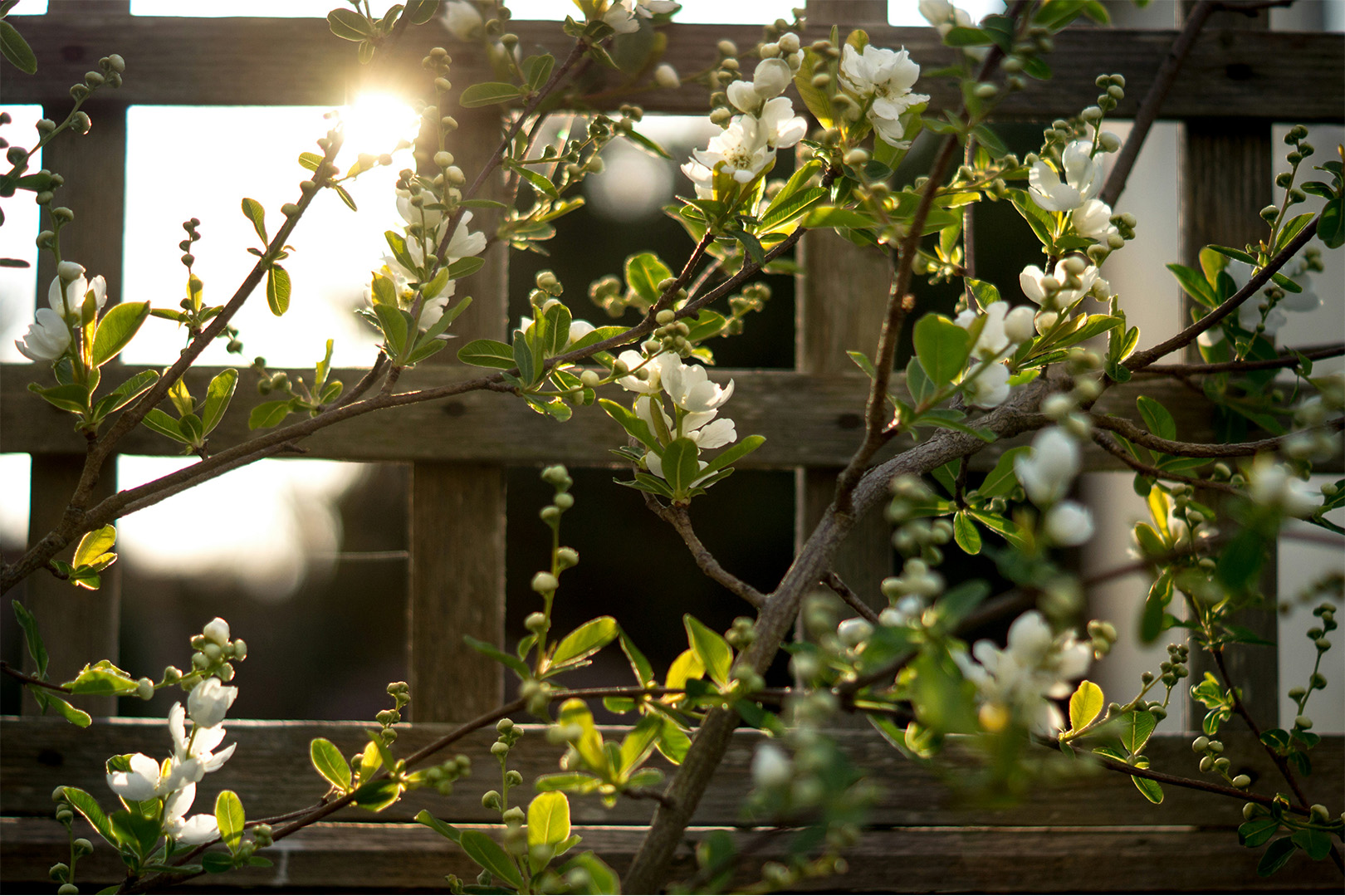
7. Plant hedges
Plant a dense hedge, such as privet or laurel, along the boundary of your garden for a natural and effective privacy screen. Hedges offer both visual and acoustic insulation, while also providing a wonderful home for all kinds of wildlife, namely nesting birds, butterflies, and, of course, hedgehogs.
You can choose to either grow your privacy hedge or have a mature hedge installed to instantly block your neighbour’s view of your garden. While this may be more expensive, growing a hedge can take years to reach a substantial size. As such, this is a popular choice for newly built homes, which typically do not yet have a mature garden.
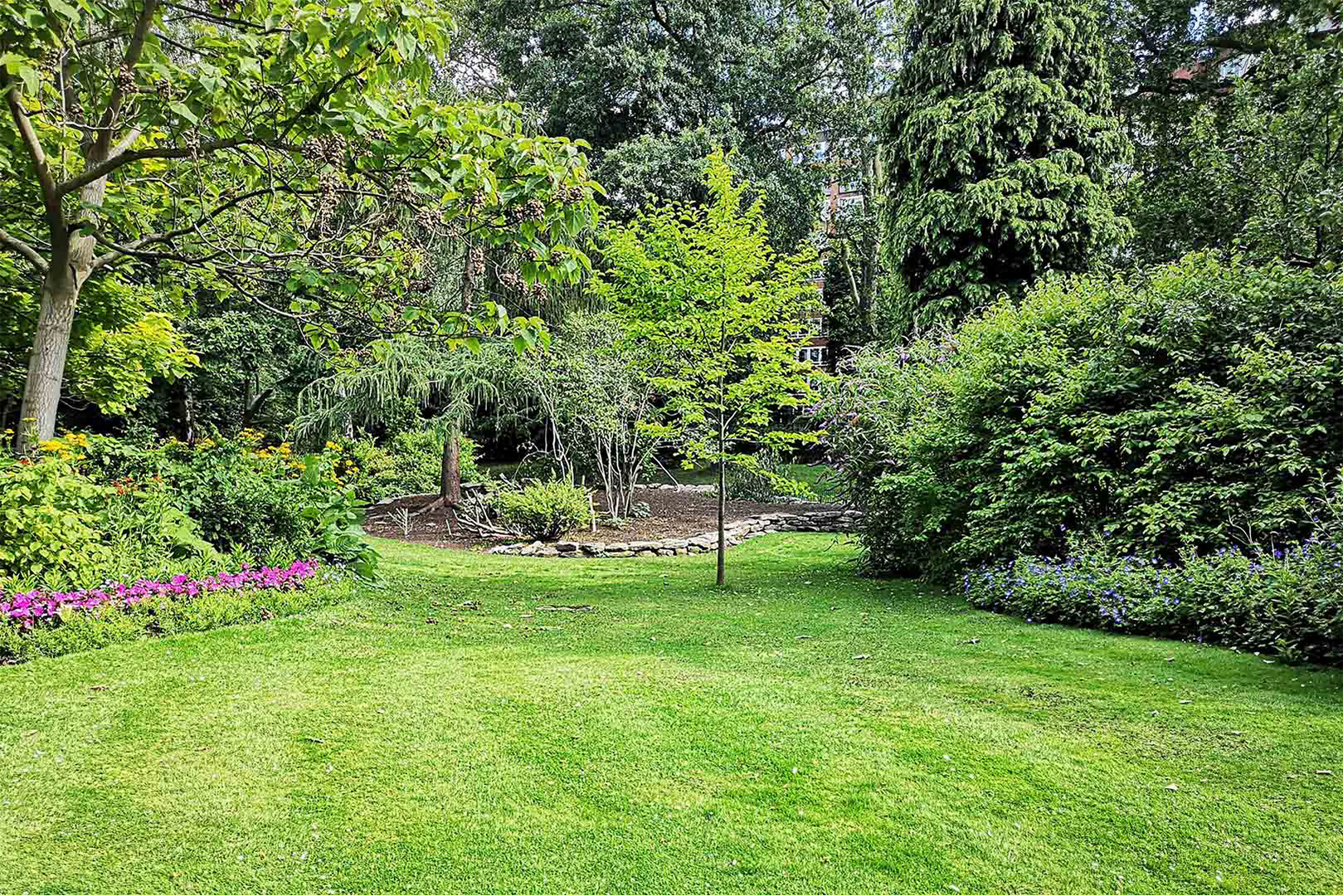
8. Layer evergreen plants
To make your garden more private, combine different species of evergreen shrubs and plants to create a multi-tiered barrier that offers year-round seclusion. While florals may look stunning during the warmer months, as winter comes round, you’ll lose your protective layer.
Try to incorporate tall, hardy plants with lower-growing varieties to achieve a varied arrangement that offers continuous coverage. You can also play around with different levels of foliage, using raised beds, hanging baskets, and large planters for added height. 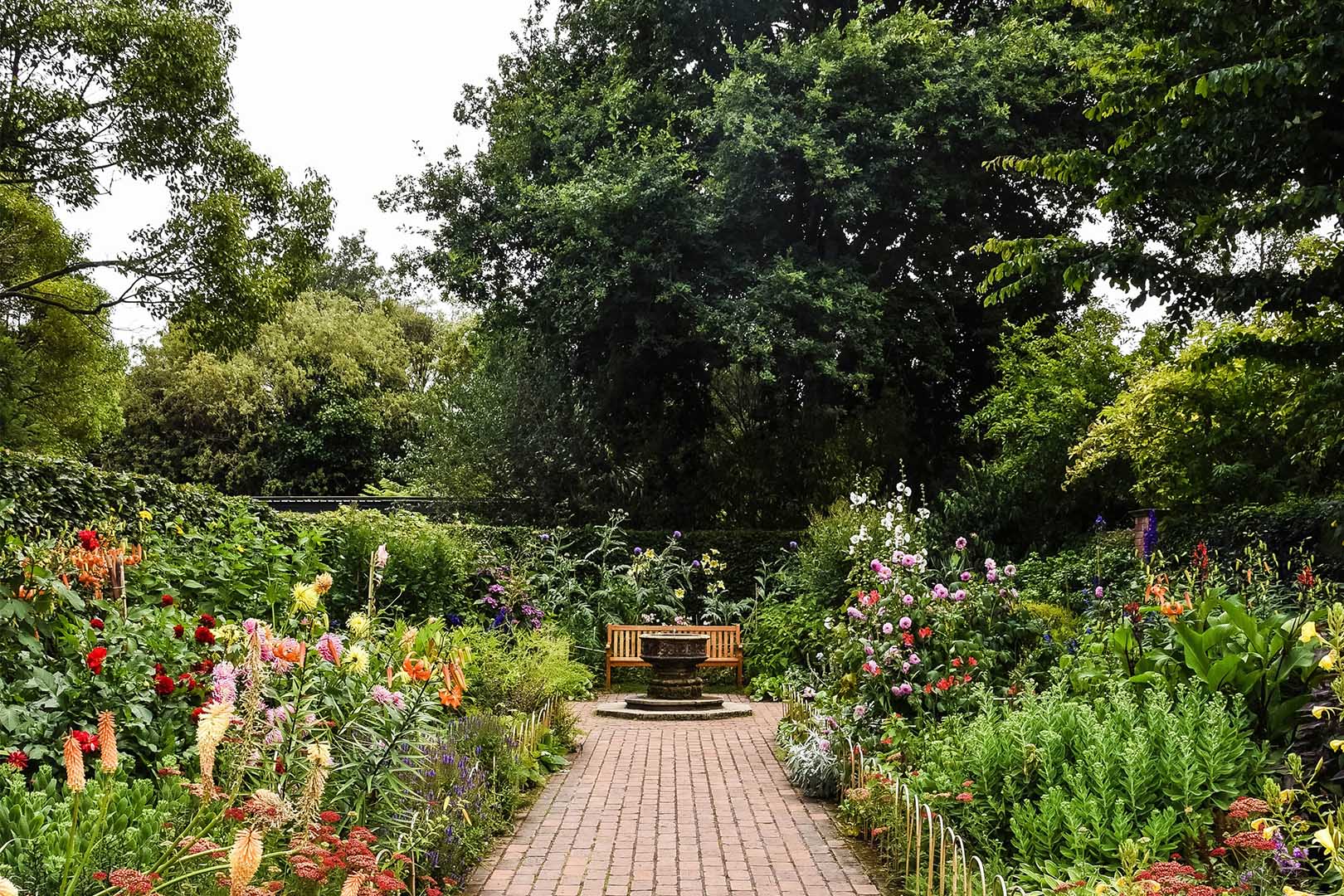
9. Add bamboo to your borders
Plant clumping bamboo along the edge of your garden to create a dense and fast-growing privacy screen. Bamboo varieties like Fargesia offer tall, non-invasive options that also add a touch of exotic elegance to your outdoor space. Just watch out as some species of bamboo can be invasive if not properly maintained.

10. Use a canopy, umbrella, or shade sail
Install retractable canopies, large umbrellas, or shade sails above your seating area to shield them from view and provide privacy from above. Plus, these structures also offer protection from the sun so that you can enjoy your relaxing time outdoors, or if you’re working from home, you can avoid glare on your screen.
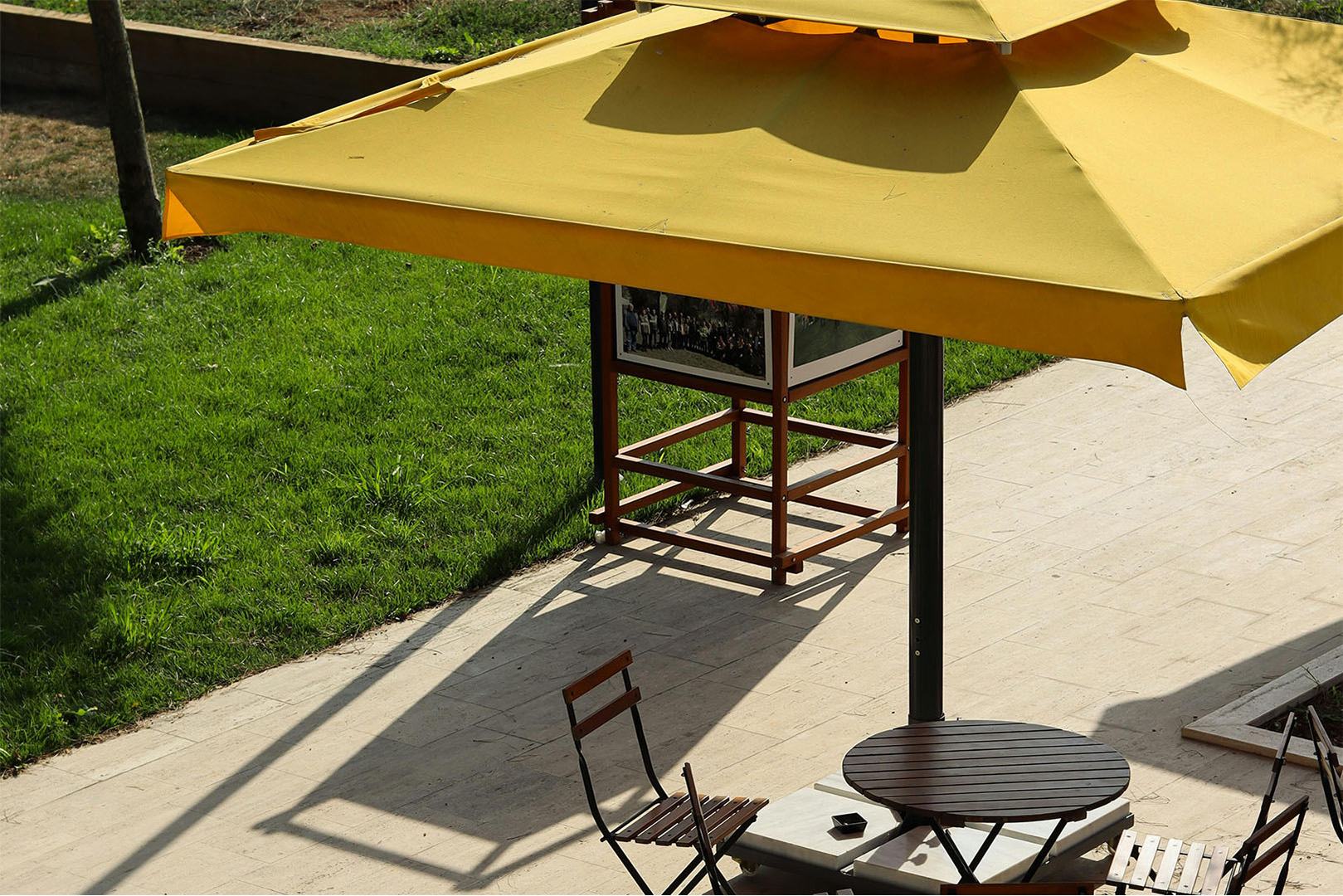
11. Build a pergola or garden shelter
A pergola or garden shelter can make a beautiful addition to your garden, creating a secluded retreat within your outdoor space that offers protection from the elements, sunshine, and nosey neighbours. Constructing a pergola can be easier and more budget-friendly than you might think since, in most cases, planning permission is not required and you can opt for a basic wooden structure, rather than more elaborate designs. If you’re after something fancier and have the budget to spare, transform your garden shelter into an outdoor bar or hot tub area. That’ll get the neighbours talking!
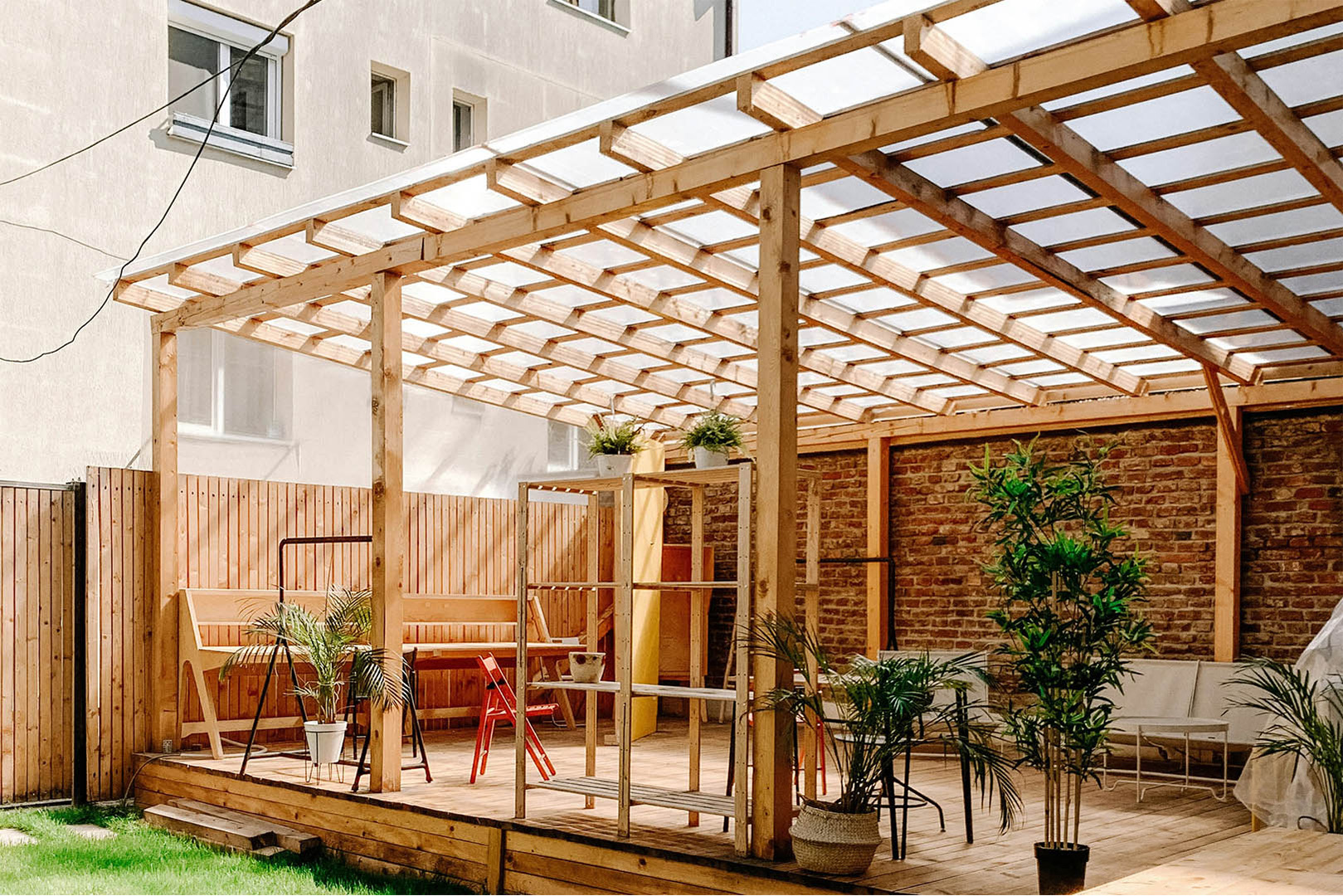
12. Hang curtains
Adorn your shelter or patio with climbing plants or curtains, or drape them with fabric to enhance privacy while adding architectural interest to your garden. Opt for weather-resistant fabrics like canvas or polyester so that they can withstand outdoor conditions and do not need to be replaced too often.
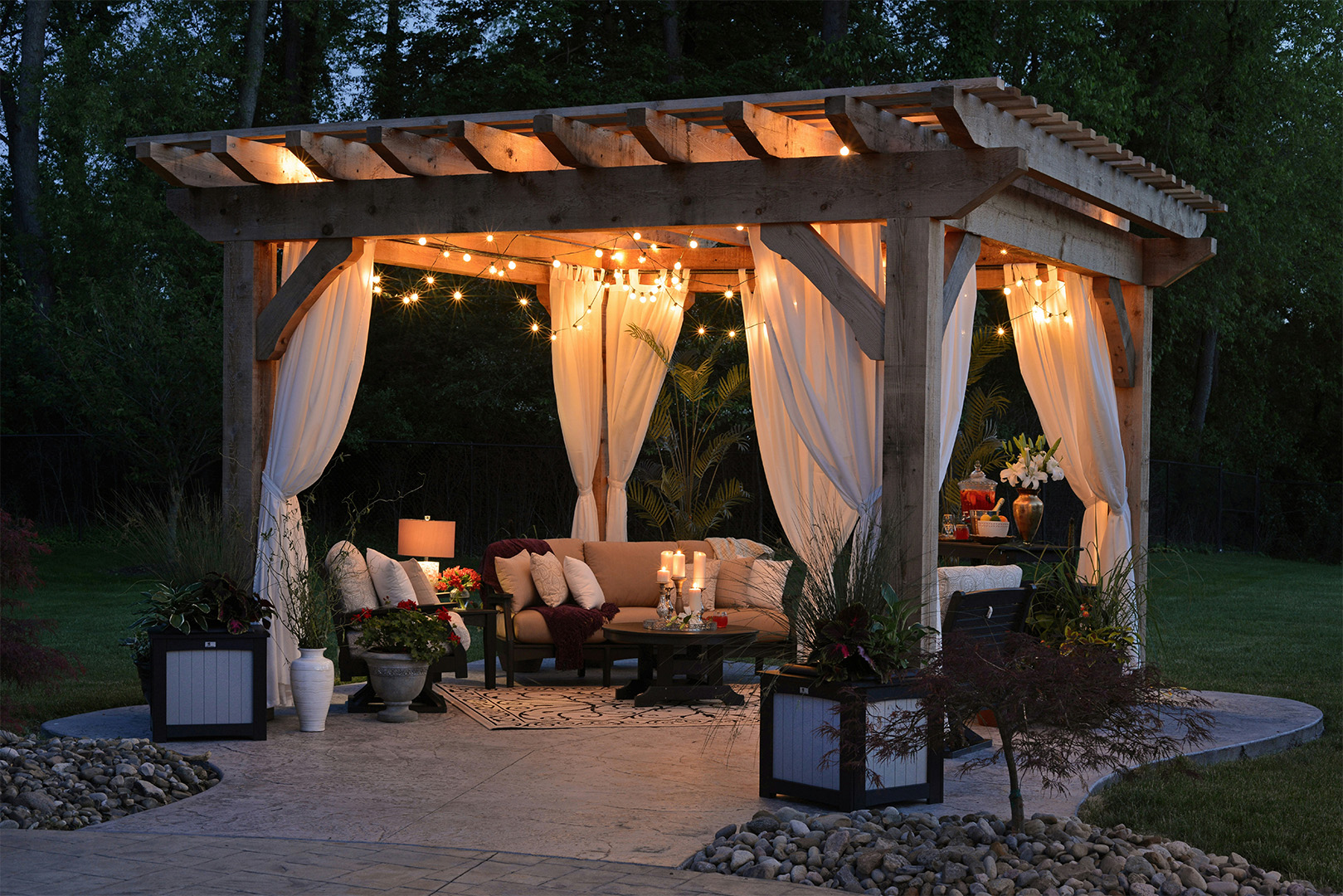
13. Position your outbuildings strategically
Place sheds, garages, or summer houses strategically so that they block out any overlooked areas of your garden. Typically, highly visible areas can be covered by positioning buildings along the boundary or in corners. Just make sure you’re optimising your space and not blocking any glorious sunshine, a rarity for the UK!
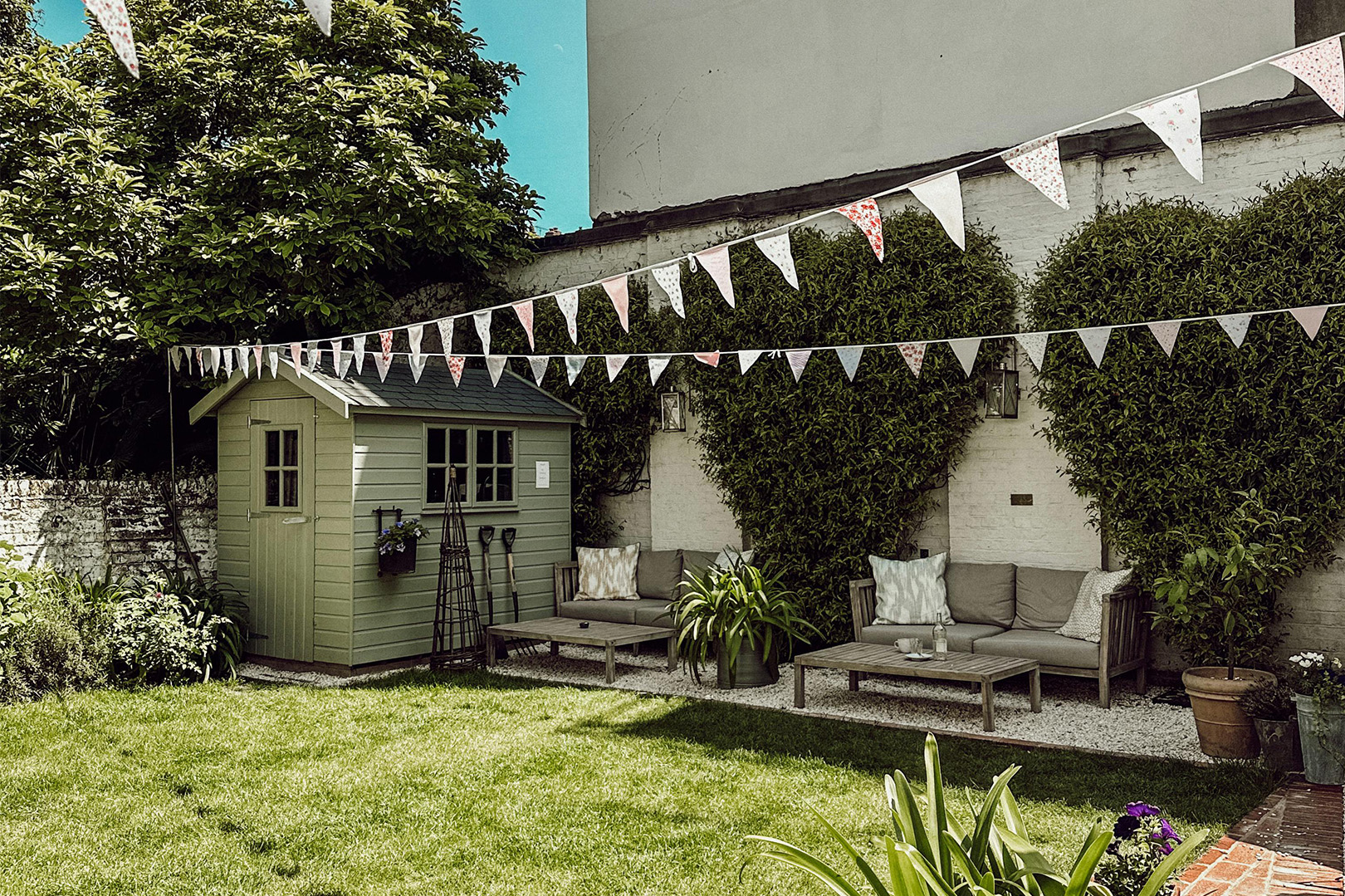
14. Install a water feature
Water fountains, ponds, or waterfalls can add a beautiful and unique element to your garden design. At the same time, water features can mask unwanted sounds from surrounding areas, such as roads or noisy neighbours. The soothing sound of running water creates a tranquil atmosphere and attracts birds and wildlife, further adding to the scenic setting.
15. Go for the ‘overgrown’ look
Embrace a wild and natural aesthetic by allowing certain areas of your garden to grow freely. Encourage native plants to thrive and intentionally leave some sections untamed to create a sense of seclusion and wilderness, even in the most urban areas. An overgrown landscape can look especially enchanting in larger gardens, giving off a whimsical and almost forest-like ambience.
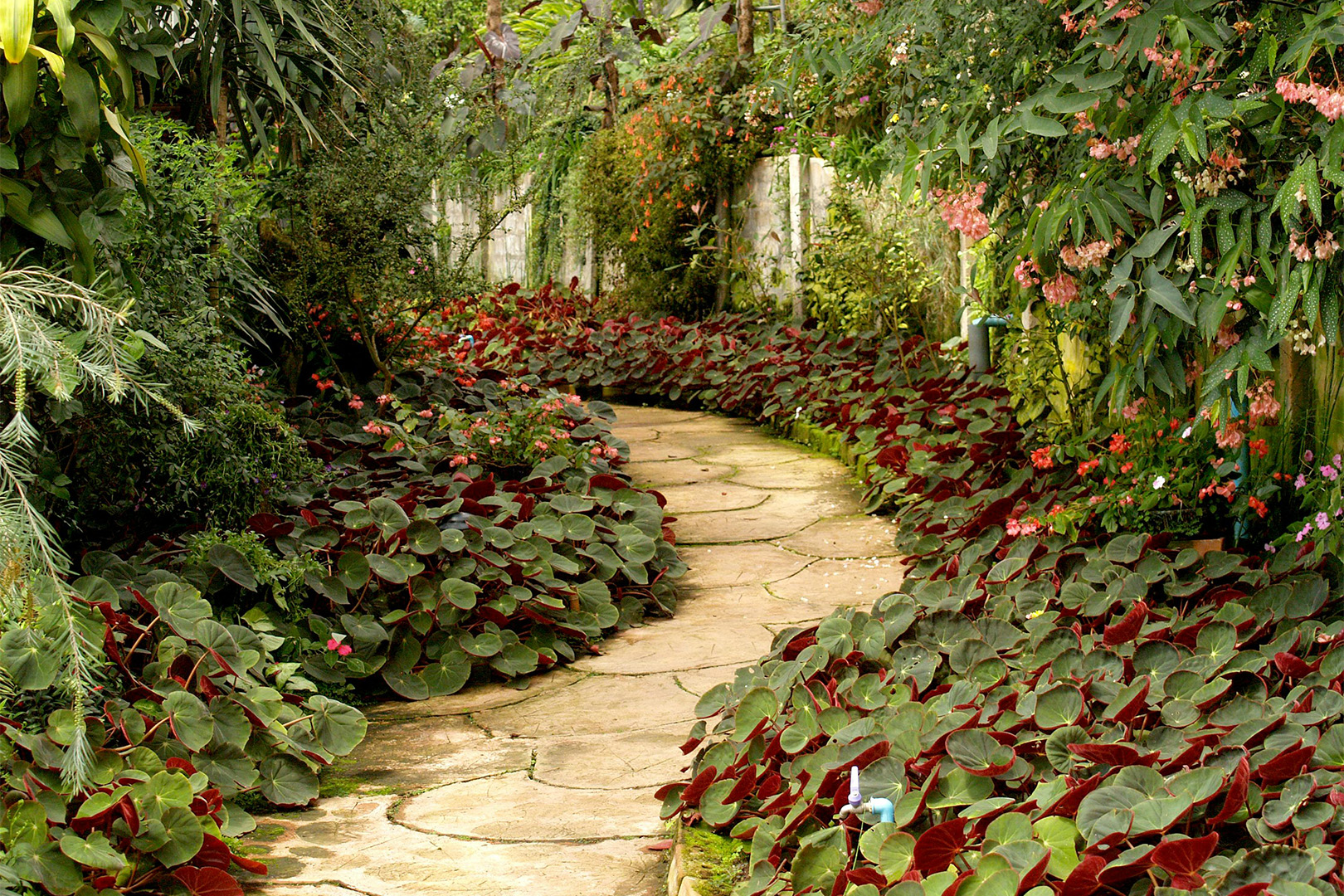
Discover our new homes for sale, offering you the perfect blank canvas to craft your dream garden sanctuary. Start exploring now and bring your outdoor oasis to life!

